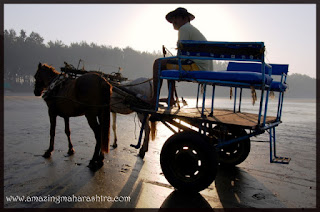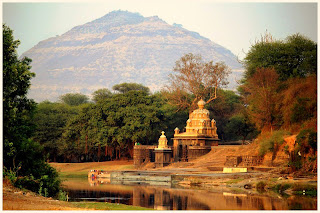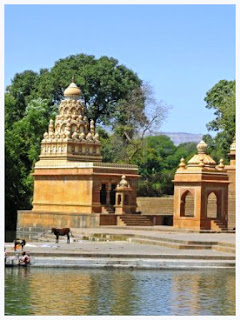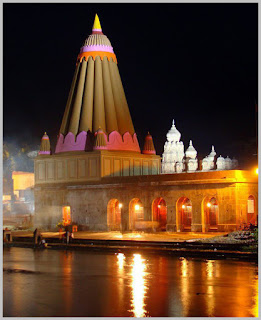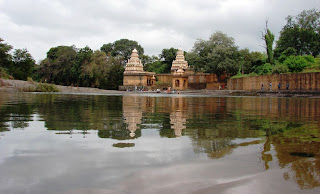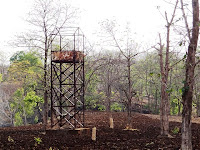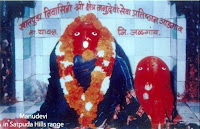Chinchoti waterfalls located to the east of Vasai is an ideal place for one day picnic and adventure. The Chinchoti falls can be reached through Kaman Village on the Mumbai - Ahmedabad National Highway.
Located amidst lush green forests, Chinchoti waterfalls are comprised of a bunch of small and big waterfalls. During monsoon, the falls flow continuously giving us the breathtaking and picturesque view.
The place is a popular picnic spot amongst youngsters and remains crowded during weekends. It is a very good place to do some basic trekking, as it is scenic, and has a few small treks around and to the waterfalls.
Best time to visit ChinchotiLocated amidst lush green forests, Chinchoti waterfalls are comprised of a bunch of small and big waterfalls. During monsoon, the falls flow continuously giving us the breathtaking and picturesque view.
The place is a popular picnic spot amongst youngsters and remains crowded during weekends. It is a very good place to do some basic trekking, as it is scenic, and has a few small treks around and to the waterfalls.
During the monsoon (June to September), when the falls are in full flow.
Nearby Attractions
Tungareshwar Temple, Kamandurga
Important Things to Carry
Camera, Snacks and Mineral Water Bottle, Good pair of Shoes, Cap, Rain Jacket (if you are visiting during monsoon), Some extra clothes, Rope, Torch, and First Aid Kit.
Things to be kept in mind
| ⦿ | Not to stay back at the place after 5.30 pm as it is a jungle area and there are some wild animals seen which are dangerous. |
| ⦿ | Avoid visits Chinchoti on a rainy day as the waterfalls and the river current is very strong. |
| ⦿ | Water around the ponds is deep more than 6 feet to 8 feet so unless you can swim avoid jumping on it. |
How to reach Chinchoti Waterfalls
Nearest Railway Station
Vasai Road Railway Station
Nearest Airport
Mumbai Airport
Distance
Vasai Road to Chinchoti Waterfalls - 6 Kilometers (By Road)
